With LG seemingly gone from the smartphone market, along with Motorola and Google paying more attention to the budget and mid-range, there are really only two competitors left at the top of the mountain. Samsung and OnePlus. For the last few years, Samsung has been dominating at the top, while OnePlus continues to try and push the limits and create a formidable flagship Android phone competitor. Now that the Galaxy S21 Ultra and OnePlus 9 Pro are available for purchase, let’s take a look at which of these is the best one for you.
Displays
Whenever you see a new smartphone with a fancy display and high refresh rate, it’s usually made by Samsung. The same rings true for the OnePlus 9 Pro, as it even uses the same LTPO technology found in the S21 Ultra and Note 20 Ultra. While the display is practically the same from a hardware standpoint, there are a few differences between the S21 Ultra and the 9 Pro.
The first of which is the slightly-higher pixel density on the 9 Pro, thanks to the 3216 x 1440 resolution compared to the 3200 x 1440 resolution on the S21 Ultra. Both of these displays offer fast 120Hz refresh rates, and those refresh rates are adaptive, but this is where we see another difference. While the Galaxy S21 Ultra can fluctuate between 48Hz and 120Hz to match whatever you’re doing, OnePlus tried to up the ante by making the 9 Pro adjust between 1Hz and 120Hz.
If you come across a time where your phone is using the 1Hz refresh rate, don’t freak out, as this will likely make your gorgeous display feel like a slug. OnePlus claims to have done this to provide a wider array of variables, but Samsung made the right decision to limit the lowest refresh rate so you don’t end up with awkward and seemingly-slow interactions.
Performance
As is the case with all of the Galaxy S21 and OnePlus 9 devices, the Snapdragon 888 is at the helm, with the key differences coming in RAM and storage capacity. The base model OnePlus 9 Pro features just 8GB of RAM, while the Galaxy S21 Ultra starts at 12GB. You can bump both of those up to 12GB or 16GB, respectively, but you’ll definitely be paying even more of a premium for those options.
On the bright side, if you want the most RAM possible, OnePlus is packaging the 12GB option with 256GB of onboard storage, which is double the amount available for the 8GB version. Meanwhile, there three different storage options available with the S21 Ultra – 128GB, 256GB, and 512GB. Although, the only way to get 512GB of onboard storage is by opting for 16GB of RAM. As expected, neither of these devices are equipped with a microSD card slot, so you’ll want to get as much RAM as your budget allows for.
The truth is that these two devices are going to be handle just about everything you could want from a smartphone. The Snapdragon 888 is only marginally faster than its predecessor, but it’s much better on battery optimization while sporting a built-in 5G antenna instead of the separate one found on last year’s OnePlus 8 Pro and the Galaxy S20 series. 16GB of RAM is more than many have in their computers, or at least the same amount, but you can truly future-proof yourself if you’ve got the money to spend.
Cameras
Everywhere you turn, chances are you’ve seen comments about how OnePlus needs to get on par with Samsung in the camera department. Even the Pixel 5 had better camera performance than the OnePlus 8 Pro, and that phone comes at just half the price. So this year, OnePlus put its money where its mouth is and went all-in on a partnership with Hasselblad for camera tuning, along with using the latest camera sensors from Sony.
The Galaxy S21 Ultra has a few tricks of its own, thanks to the quad-camera array headlined by the 108MP primary sensor, which is pixel-binned down to 12MP. You’ll also find a 12MP ultrawide camera, and dual 10MP telephoto lenses, one with 3X optical zoom and the other with 10x optical zoom.
In addition to the new Hasselblad branding on the camera module, the OnePlus 9 Pro features a 48MP primary lens, along with Sony’s new 50MP free-form ultrawide camera. This is designed to help cut down on image distortion that many other ultrawide cameras experience. Rounding out the cameras are an 8MP telephoto lens with 3.3x optical zoom and a 2MP monochrome sensor that is more there for fun than anything else.
So it’s all fine and dandy for you to actually take the photo, but then your phone has to work its magic to make it look good after the fact. This is where Samsung continues to disappoint, and where OnePlus aims to put its Hasselblad partnership to good use. Image processing on Samsung has always been hit or miss, and it really depends on what you like to see in a picture. The same sentiment rings true with the Galaxy S21 Ultra, although the company has come a long way from the over-saturated images from the old days.
OnePlus and Hasselblad worked hand-in-hand to provide photos that are as color-accurate as possible. Plus, there’s an all-new Pro Mode available on the 9 Pro that was integrated into OxygenOS from Hasselblad.
Battery Life
Battery life on smartphones is a fickle thing, because while the Galaxy S21 Ultra features a larger 5,000mAh cell, Samsung opted to provide slower charging speeds this time around. On the other hand, the 4,500mAh cell in the OnePlus 9 Pro may seem paltry in comparison, but OnePlus has a few tricks up its sleeve to ensure that your phone will always have enough power.
It all starts with OnePlus Warp Charge 65T, which provides 65W charging speeds for the 9 Pro. During the announcement, OnePlus stated that you’ll be able to go from 0-100% in less than 30 minutes. Then, add-in the all-new Warp Charge 50 Wireless, and you’re also getting 50W charging speeds with the company’s new wireless charger. All of this ensures that no matter what, you’ll always be able to quickly top off the 9 Pro and go for the rest of the day, and then some. Meanwhile, the Galaxy S21 Ultra has capped charging speeds, as you’ll be limited to 25W when it comes to wired charging and just 15W when charging wirelessly.
All-in-all, the Galaxy S21 Ultra will likely last longer throughout the day, but if you need to quickly top-off, then the OnePlus 9 Pro is the way to go.
Which flagship is right for you?
Without taking the various deals into effect, the biggest comparison between these two flagship devices is the price. OnePlus opted to slightly increase the price of the 9 Pro compared to last year’s 8 Pro, starting at $969 for the 8GB/128GB version and going up to $1,069 for the 12GB/256GB variant. Meanwhile, Samsung’s 12GB/128GB model starts at $1,199, increases to $1,249 for 12GB/256GB, and tops out at $1,379 if you want 16GB of RAM and the most storage possible at 512GB.
Although the Galaxy S21 Ultra may feature a more sleek design, there are a lot of similarities between both the OnePlus 9 Pro and S21 Ultra. Outside of stock Android, OxygenOS and One UI are some of the easiest and feature-rich software versions that we’ve ever seen. Both devices sport gorgeous displays and camera arrays that could make you want to leave that DSLR at home. Battery life and performance are top-notch, as expected, with the only other difference is the S Pen support of the Ultra.
If your budget allows for it, either of these devices will be fantastic options for your next flagship experience. But if longevity is the name of the game, and you don’t want to get into rooting and installing ROMs, then the S21 Ultra is the way to go. Samsung has promised three years of major software updates, along with four years of security updates for its devices.
| OnePlus 9 Pro | Samsung Galaxy S21 Ultra | |
|---|---|---|
| Price | $969/ $1,069 | $1199 |
| Screen size | 6.7-inches | 6.8-inches |
| Resolution | 1440 x 3216 | 3200×1440 |
| Density | 525 ppi | 515 ppi |
| Processor | Qualcomm Snapdragon 888 | Qualcomm Snapdragon 888 |
| RAM | 8/12 GB | 12 /16GB |
| Storage | 128/256 GB | 128/256/512 GB |
| Battery | 4500 mAh | 5000 mAh |
| OS | Android 11 | Android 11 |
| Rear camera | Quad-cameras: 48MP, OIS, f/1.8, 1.12 μm, (main) 50MP, f/2.2, freeform lens (ulra-wide) 8MP, :f/2.4, 1.0 μm (3.3x tepephoto) 2MP (monochrome) |
Quad-cameras: 108MP Phase Detection AF, OIS, F1.8, 0.8µm 12MP Dual Pixel AF, FOV 120°, F2.2, 1.4µm (ultrawide), 10MP Dual Pixel AF, Optical 3x, OIS, F2.4, 1.22µm (telephoto),: 10MP Dual Pixel AF, Optical 10x, OIS, F4.9, 1.22µm (telephoto) |
| Front camera | 16MP, Fixed focus, f/2.4, 1.0 μm | 40MP Phase Detection AF, FOV 80°, F2.2, 0.7 µm |
| Bluetooth | v5.2 | v5.1 |
| NFC | Yes | Yes |
| Dimensions | 163.2 x 73.6 x 8.7 | 75.6 x 165.1 x 8.9mm |
| Weight | 197g | 229g |
| Water Resistance | IP68 | IP68 |
| Wireless Charging | Yes | Yes |
| Special features | 65W fast charging, 50W Qi wireless charging, in-display fingerprint sensor, WiFi 6, sub-6 and mid-band 5G, in-display fingerprint sensor | 25W fast charging, 15W wireless charging, 120Hz dynamic refresh display, mmWave & Sub6 5G, Wi-fi 6E, ultrasonic fingerprint sensor, Ultra Wide Band, S Pen support, 8K video capture |

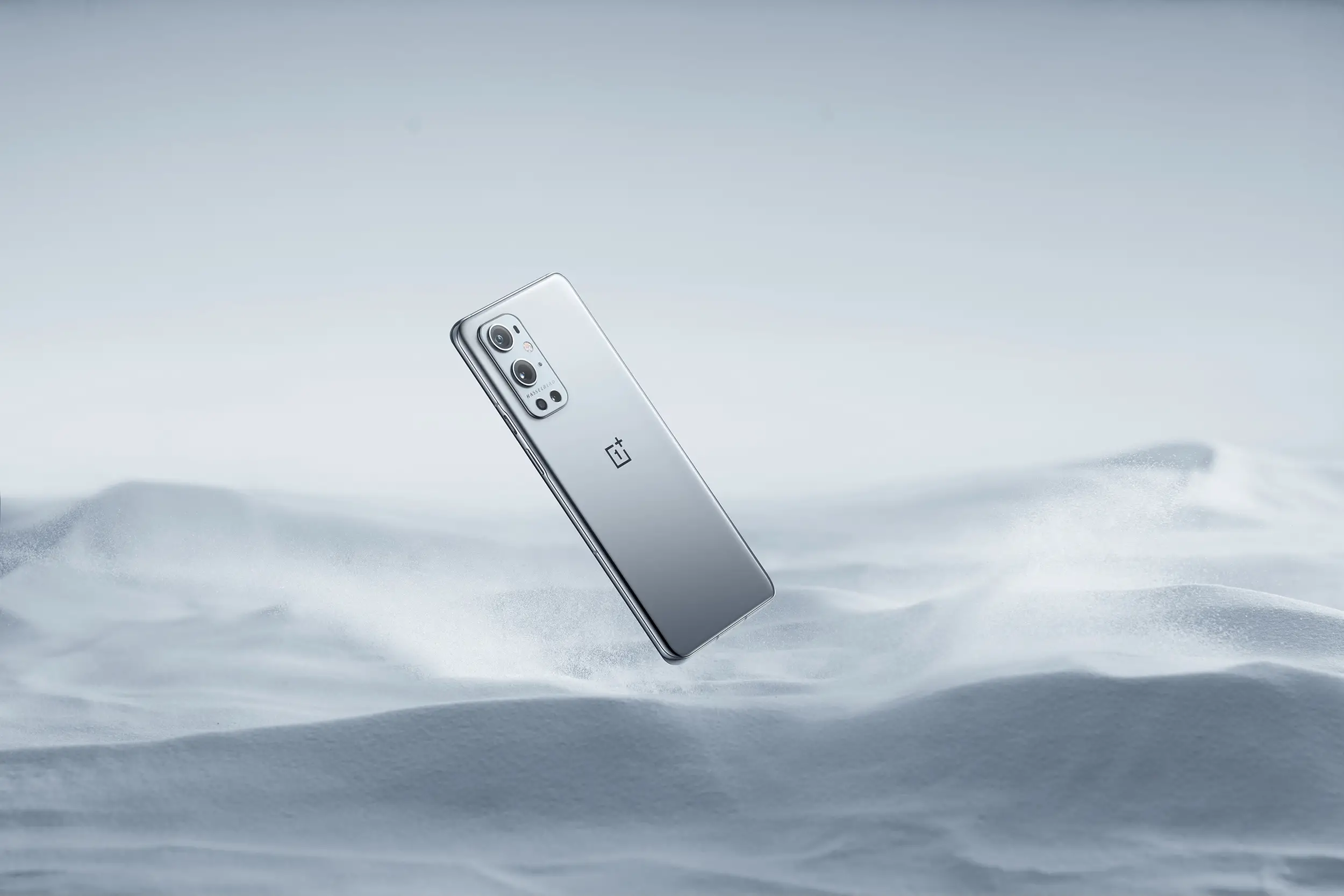
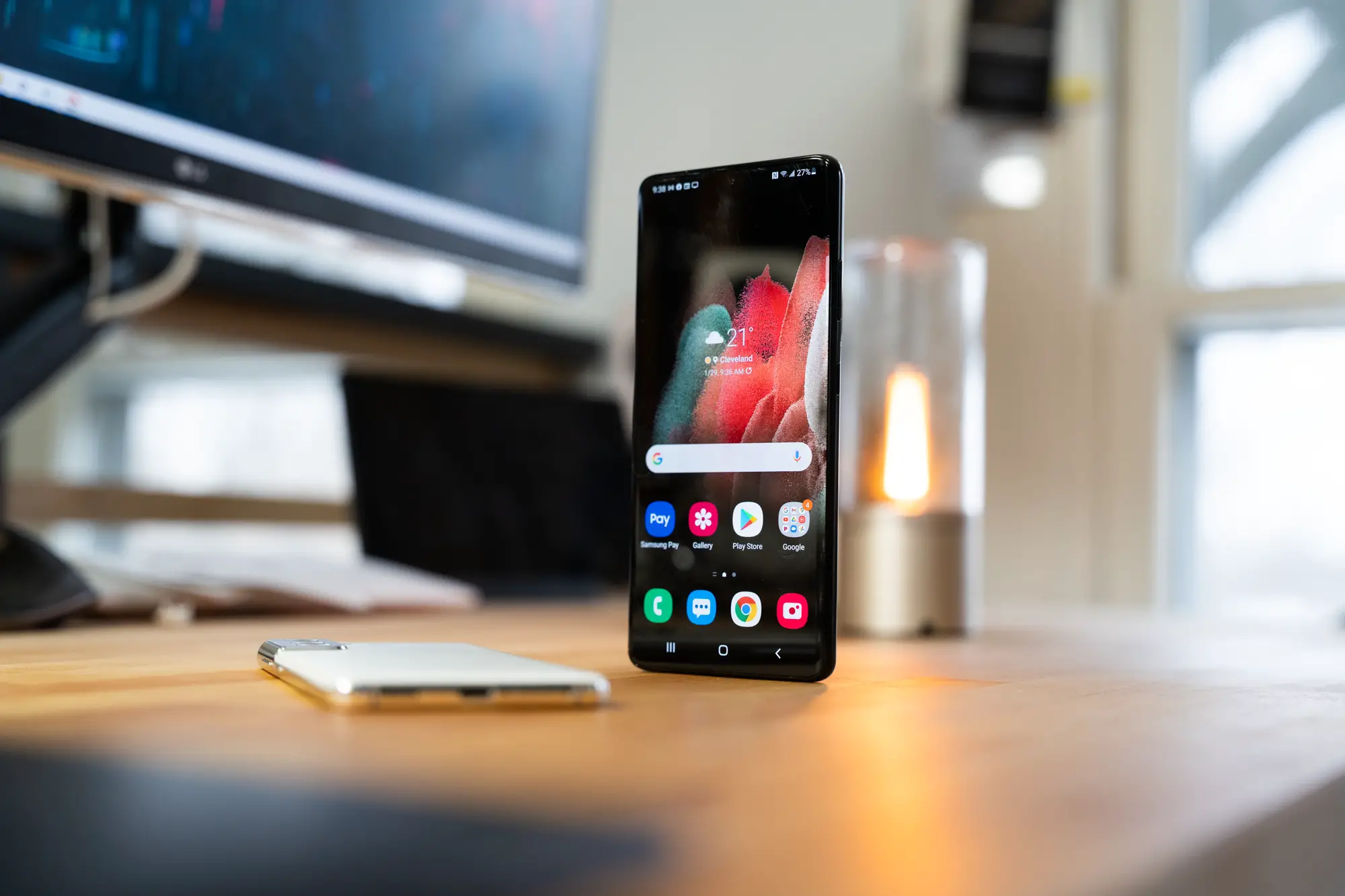
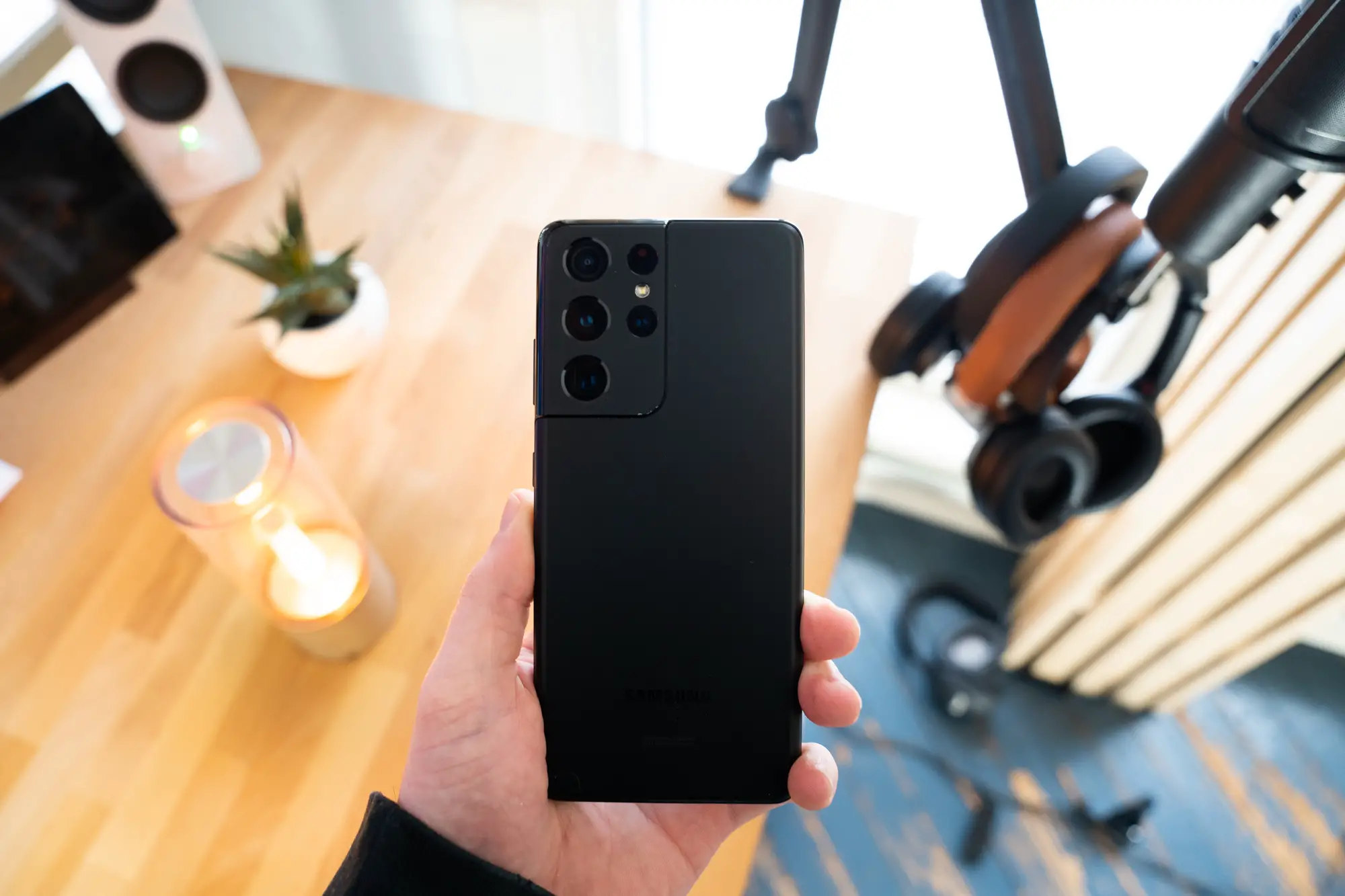
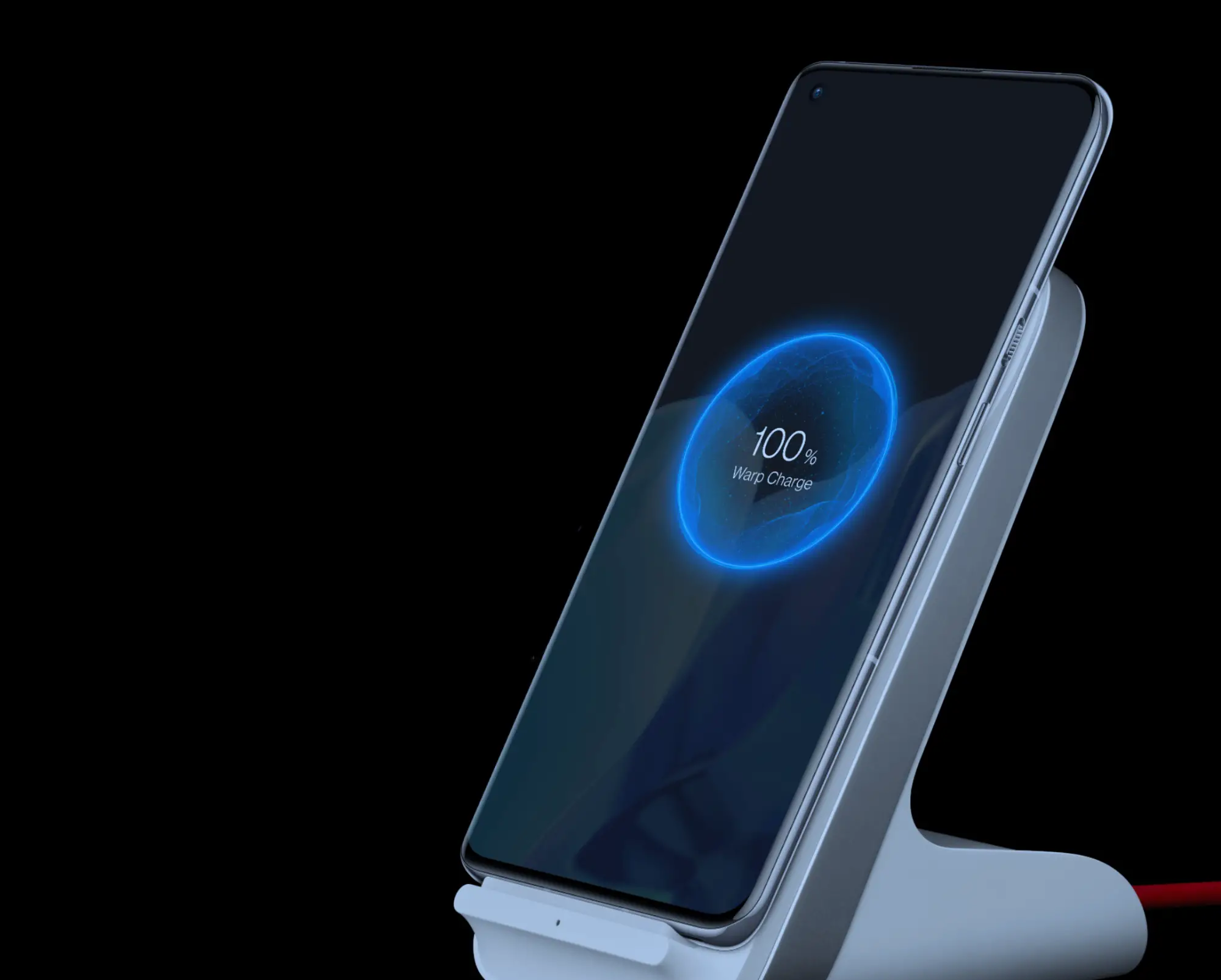


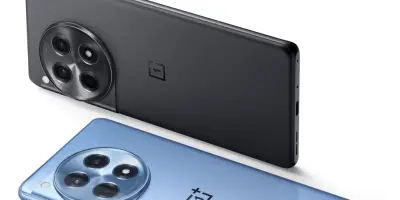
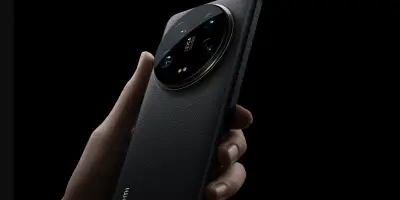
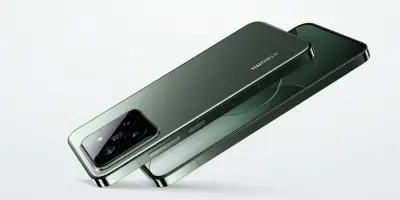

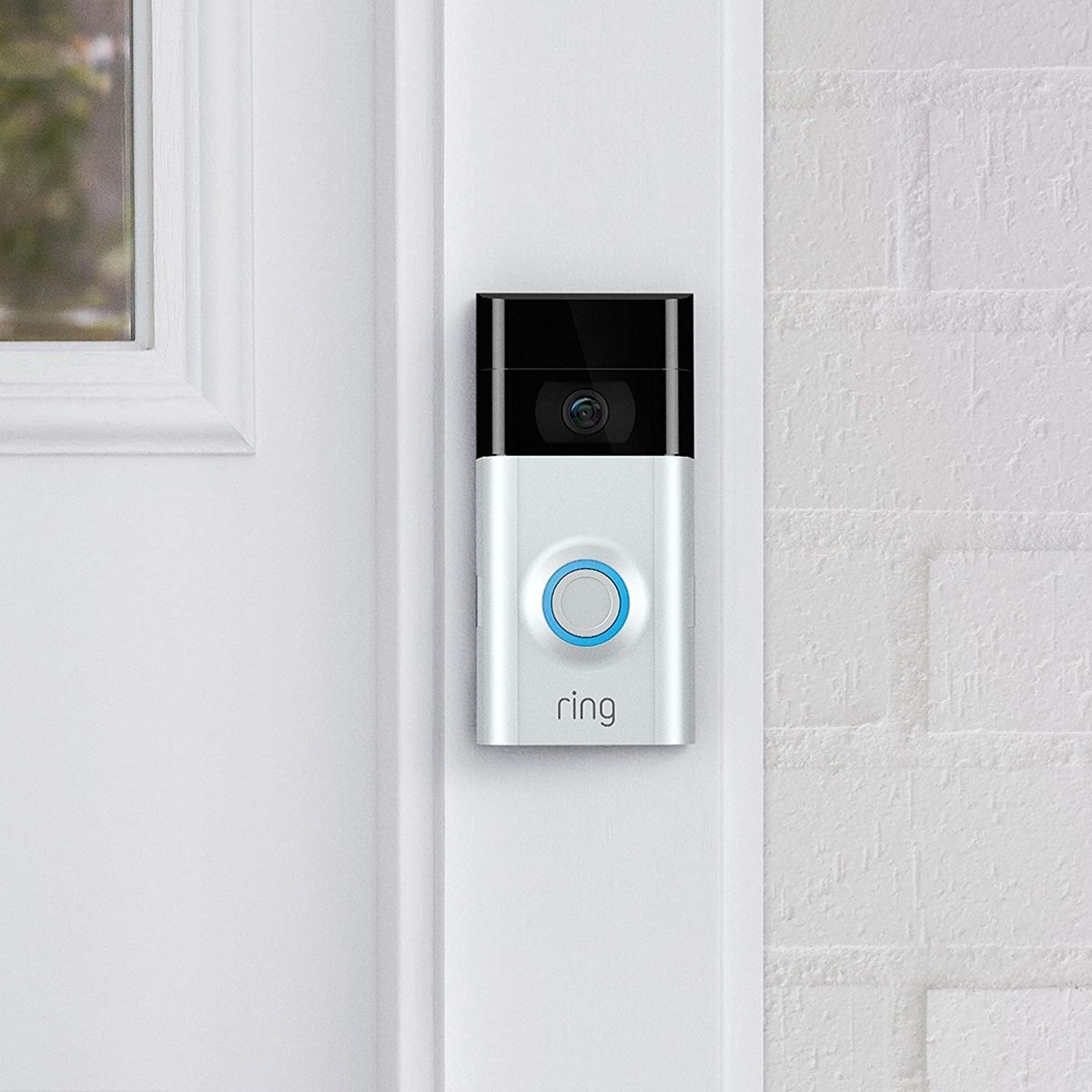

Comments